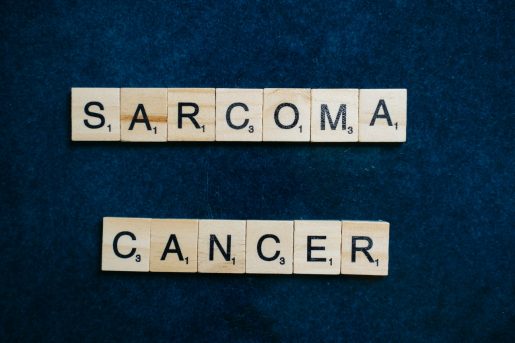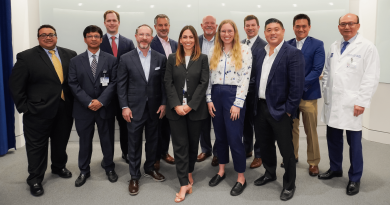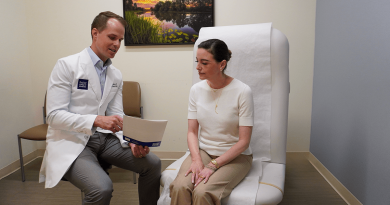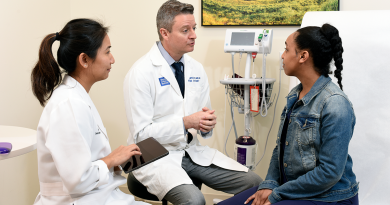What you should know about sarcoma
Soft tissue sarcomas are rare, accounting for 1% of cancers diagnosed in adults in the United States. In support of Sarcoma Awareness Month, many organizations are sharing sarcoma research and the importance of regular checkups to address unexplained lumps, growths or other symptoms.
However, sarcomas can be hard to find and complex to treat. Dr. E. Ramsay Camp, professor and chief of the Division of Surgical Oncology at Baylor College of Medicine, explains how they are diagnosed and why a team approach to treatment is essential in the following Q&A.
Q: What is sarcoma?
A: Sarcomas are cancers that occur in connective (or soft) tissue and bones. There are two broad types – sarcomas of extremities and retroperitoneal. There are more than 50 subtypes of sarcomas.
Q: What factors increase risk?
A: Unlike other cancers, there are not many risk factors. There are genetic syndromes, which are the most likely risk indicators. Also, previous exposure to chemicals, toxins or radiation may increase risk. Regarding radiation treatments, we always need to consider the risks related to therapies that have great results but also potential side effects.
Q: How are sarcomas diagnosed?
A: Sarcomas of extremities and retroperitoneal present very differently. Extremity sarcomas often present with a large lump or mass, with or without additional symptoms. Retroperitoneal sarcomas in the abdomen area are more commonly found when patients are receiving a health imaging scan for another condition. Part of the challenge in making the diagnosis is there isn’t a specific list of symptoms for sarcoma.
Q: How is it treated?
A: The first step is making the diagnosis through a biopsy, where we extract sample cells or tissues to examine. Today, this a minimally invasive procedure using needles instead of surgery. Typically, a surgical biopsy is done only when a needle biopsy has failed. The process can have varying degrees of complexity depending on where the tumor is and what it involves. For sarcoma patients who are moving through the treatment process, the National Comprehensive Cancer Network has some excellent resources.
Q: What symptoms should patients look for?
A: For sarcomas that occur in extremities (or limbs) look for masses that are growing. If you have a tissue mass that is increasing in size and triggering other symptoms, you should see a doctor. Unfortunately, retroperitoneal sarcomas don’t often present with obvious symptoms, but they can sometimes cause nausea, abdominal pain and other vague symptoms. Commonly, they are found incidentally.
Q: What advice would you give to patients who have been diagnosed with sarcoma?
A: Because sarcomas are rare, an experienced multidisciplinary team is essential and confirming this approach before treatment is initiated is important. You should be treated by a team in a coordinated fashion. We have a sarcoma multidisciplinary case conference at Baylor that meets twice a month to discuss complex patient cases. Each case is reviewed by a radiologist, a pathologist and treating physicians. That’s how you get the best care and a good plan before treatment begins.
Additional Resources
Learn more about Sarcoma Awareness Month.
To schedule an appointment, call 713-798-2262 or visit our healthcare site.
-By Bertie Taylor, senior writer in the Michael E. DeBakey Department of Surgery at Baylor College of Medicine



